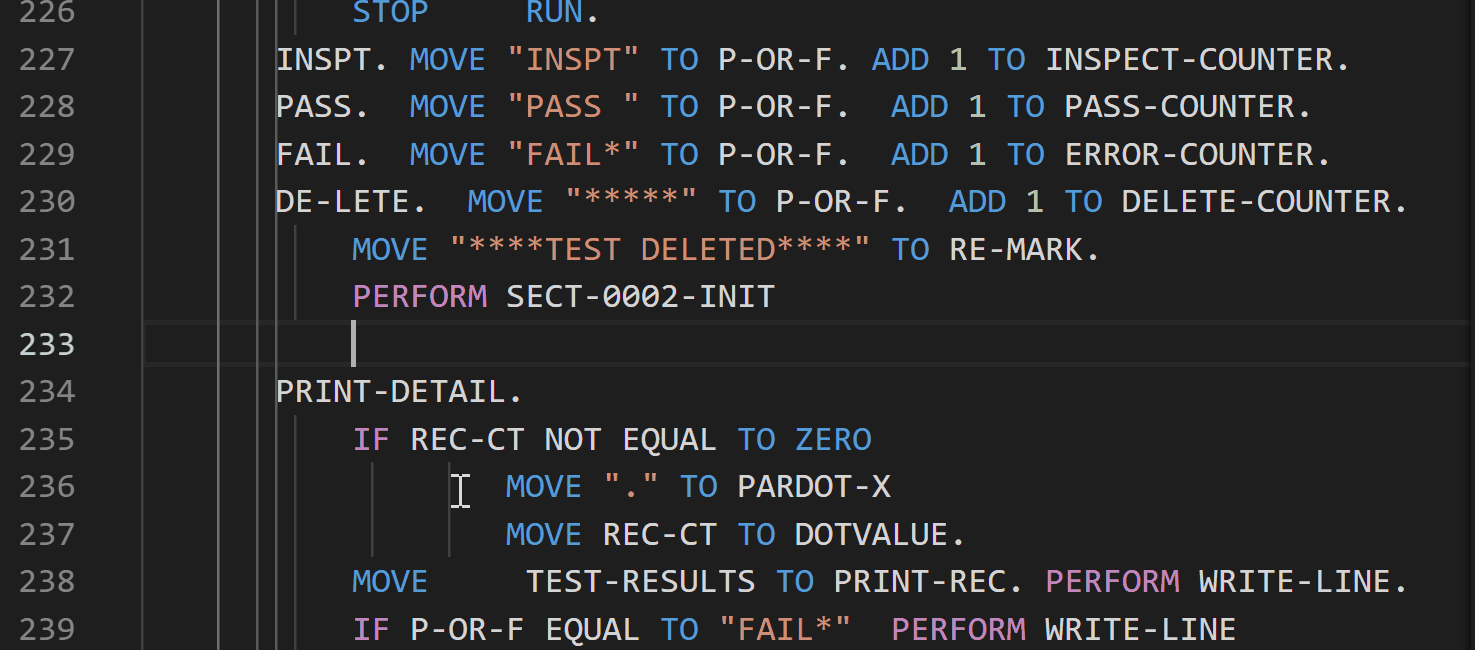

(a) Deployment map of mobile and fixed assets on, typifying a RELAMPAGO mission targeting terrain-focused CI. Maps of the lightning and Effects of Electrical Activity Related to Convective System (FAIRIES) instrumentation that operated during RELAMPAGO and photographs of selected instruments. From a range–height indicator scan at 2034 UTC at 257° azimuth: (b) radar reflectivity, (c) differential reflectivity, (d) specific differential phase, and (e) radial velocity. (a) Daily 18-dB Z echo-top height statistics (MSL) from the CSU C-band radar: daily mean echo top (blue symbols) and maximum echo top (red symbols). Maps showing fixed sounding assets (white squares) radars and the operations center (black stars) and DOW, sounding, and Pod deployment locations for the (a) Córdoba and (b) Mendoza domains. RELAMPAGO mission timing is noted in each panel. Sounding-derived time series of (a) equivalent potential temperature (K), (b) meridional wind (m s −1), and (c) zonal wind (m s −1) from the NCAR 5-hPa interpolated sounding dataset from Córdoba during the RELAMPAGO IOP. The black outline is the Carcarañá River basin, and shading indicates topography. RELAMPAGO streamflow measurements (cyan stars), NCAR EOL towers (yellow) including the EC towers (triangles), and RAL towers (magenta) including the microradars (triangles). Photos of selected RELAMPAGO instrumentation: (a) CSWR DOW7 near the SDC, (b) CSWR Scout 2 mesonet vehicle, (c) mobile radiosonde team, (d) COW, (e) Pod and disdrometer, (f) CSU C-band radar, (g) NCAR EOL Integrated Surface Flux System (ISFS) tower installation, and (h) acoustic Doppler current profiler. Terrain elevation (m MSL) is shaded in each figure. 6), the Brazil site (red square), operational sounding sites (white squares), and hydrometeorology observation domain (cyan dashed box see Fig.


(b) A zoomed-in view of the region in the red box in (a) showing RELAMPAGO mobile observation domains (red boxes see Fig. (a) TRMM Precipitation Radar (PR) December 1998–September 2013 observed echo-top heights in the 99.9999th percentile (following Zipser et al.


 0 kommentar(er)
0 kommentar(er)
